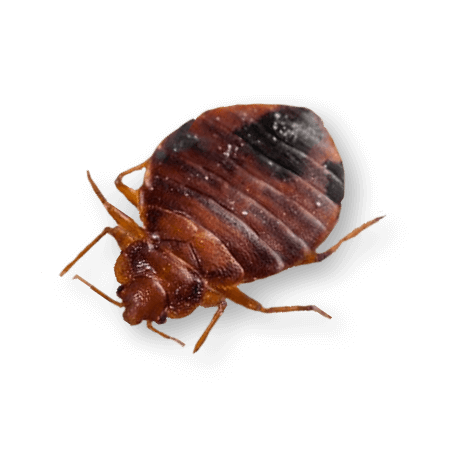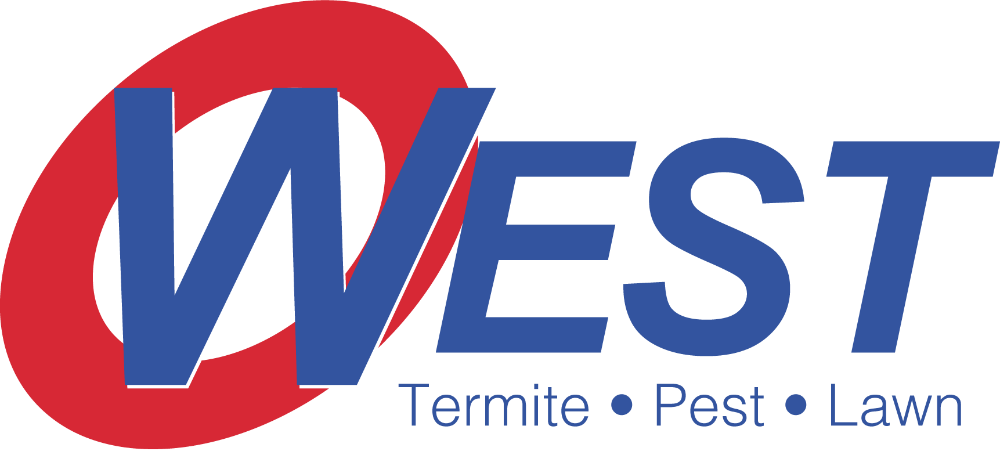
How to know if bed bugs are in my mattress
Detecting bed bugs in your mattress requires careful observation and examination. Bed bugs are small, reddish-brown insects that are about the size of an apple seed when fully grown. They are excellent at hiding in tiny cracks and crevices, making detection a bit challenging. Here are some steps you can take to determine if there are bed bugs in your mattress:
Conduct a thorough visual inspection: Strip your bed of all linens, including sheets, pillows, and blankets. Carefully examine the seams, folds, and crevices of your mattress for any signs of bed bugs. Look for small, reddish-brown bugs or tiny white eggs, which are about the size of a pinhead.
Use a flashlight: Bed bugs are nocturnal, so they are most active during the night. Use a flashlight to search for any signs of live bugs or their excrement.
Check for bites: Bed bug bites often appear as small red, itchy welts on the skin. If you wake up with unexplained bites, it could be a sign of bed bugs.
Look for dark spots: Bed bugs leave behind tiny dark stains on the mattress, sheets, or nearby furniture. These stains are fecal matter and may bleed into the fabric.
Monitor for movement: Bed bugs move relatively slowly, so if you suspect their presence, you can try placing a sticky tape or a trap near the bed legs to catch them in the act.
Use a magnifying glass: Sometimes, bed bugs can be challenging to spot with the naked eye. Using a magnifying glass can help you identify them more easily.

Encase your mattress: Bed bug-proof mattress encasements or covers are available commercially. These encasements completely cover your mattress and box spring, preventing bed bugs from getting in or out. If you have bed bugs inside your mattress, they will be trapped inside the encasement, making them easier to spot during an inspection.
Look for shed skins: As bed bugs go through their life cycle, they shed their exoskeletons multiple times. Look for tiny, translucent bed bug shells around your mattress or in the surrounding areas.
Unusual odor: In some cases, a strong, musty odor may be present in areas with a severe bed bug infestation. If you notice an unusual smell around your bed, it could be a sign of bed bugs.
Bed bug traps and monitors: Bed bug traps and monitors are specifically designed to attract and capture bed bugs. You can place these traps around your bed or directly under the legs of your bed frame. The traps use various methods to entice the bugs, such as heat, CO2, or a chemical lure. Once the bed bugs are trapped, you can easily identify their presence.
Remember that early detection is crucial for effective bed bug control. If you suspect an infestation but are unsure about the presence of bed bugs, consider consulting West Termite, Pest & Lawn. We can perform a thorough inspection and provide appropriate treatment options if needed. Call us today to learn more.
More posts from West Termite, Pest & Lawn
Top 5 Spring Pests in Arkansas and How to Keep Them Out
Looking to protect your home this spring? Pest season in Arkansas starts as early as March, and if you’re not prepared, you could find yourself sharing your space with ants, termites, mosquitoes, spiders, or wasps. In this guide, we will cover the top five spring...
Spring Into Action: Preventing Termite Infestations in Arkansas Homes
Termite infestations are a serious concern for homeowners in Arkansas, especially during the spring when these pests become most active. Preventing termite infestations early can save you from expensive structural damage and long-term headaches. Termites thrive in the...
Early Spring Lawn Care Tips: How to Keep Your Arkansas Yard Healthy
A healthy lawn starts in early spring. If you want lush, green grass by summer, the groundwork begins as the weather warms and the soil softens. The right early spring lawn care routine is essential for homes in Arkansas, where fluctuating temperatures and humidity...



